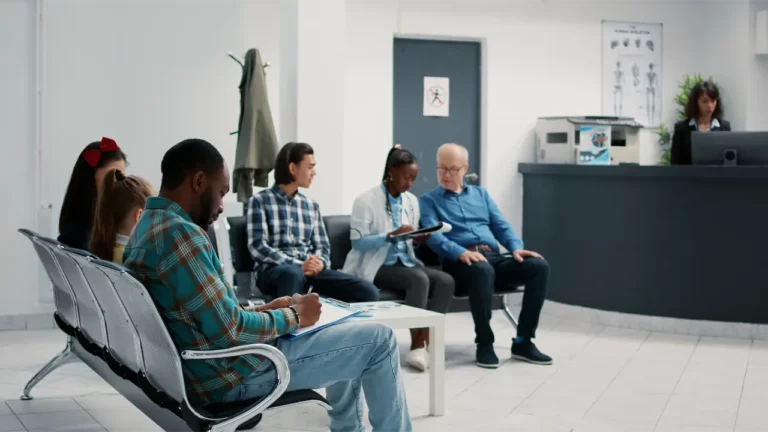Chronic conditions account for 90% of healthcare costs in the United States, but many are preventable or can be managed better through patient behavior modification. Remote Patient Monitoring (RPM) can help improve chronic disease management by collecting and analyzing additional patient-generated health data, such as blood glucose levels in diabetes and blood pressure levels in hypertension. Understanding the values and how to manage them can assist patients in meeting their goals.
What is Remote Patient Monitoring (RPM)? A remote monitoring system is composed of data acquisition, data processing, and communication network. Data acquisition system consists of various sensors or devices with integrated sensors and wireless data transmission capability. The scope of remote healthcare includes everything from monitoring chronically ill patients, the elderly, premature children, and even accident victims.
Let’s talk about the top 6 benefits of RPM for patients with chronic conditions:
Reduced Emergencies, hospitalizations and readmissions
Chronic conditions cost the United States more than $3 trillion per year, but improved chronic disease management can prevent or delay a number of costly events such as emergency room visits, hospitalizations and readmissions. If RPM supports patients in maintaining normal values for measurements such as blood sugar or blood pressure, the risk of serious and expensive emergency situations decreases.
More control over personal health
Next-Generation RPM solutions are equipped with a user-friendly mobile-enabled application that provides patients with holistic health analysis. This improves patient’s lifestyle or diet, and adherence to medication and treatment plan.
Fewer physical visits to the practitioner’s office
RPM enables patients to stay at home and be monitored by their healthcare providers. This means they have lower exposure to COVID-19 and other illnesses, less travel time and cost.
Better support and education
RPM also provides patients with increased levels of education, support, and feedback when compared to traditional healthcare models— due to this continuous, instantaneous connection between patients and their providers. Since providers receive holistic and timely information about a patient’s health condition, they can provide better personalized and individualized support.
Lower patient travel costs and other unnecessary expenses
Patients spend a significant amount of money and time seeking medical attention. Imagine how the costs of travel, parking, and time off work can accumulate in every visit. Patients in some rural areas must travel overnight to reach specialists in more urban areas. RPM involves the doctor communicating with the patient via phone, laptop, or other digital devices. The fact that they do not have to pay for unnecessary visits, they can improve their health with less medical cost.
Better quality of care
Health data generated from patients provide valuable insights that healthcare providers would not have access otherwise — meaning that they have more tools for evaluation, diagnosis and treatment prescription. Moreover, rather than waiting until their condition deteriorates dangerously before scheduling and managing a visit to their care provider’s office, remote patient monitoring enables patients to engage in real-time monitoring and symptom analysis with their providers.
Takeaway
In Remote Patient Monitoring, everyone wins— not only healthcare providers and patients but the entire US healthcare system as well. With the ever-growing costs of treating chronic diseases, our healthcare systems can then focus more on preventive care. These benefits could lead to considerable annual savings.
DrKumo provides real-time Remote Patient Monitoring solution for Chronic Disease Management. DrKumo provides on-boarding education and continual support, easy to use patient mobile application and medical devices, empowering patients to take an active role in managing their own condition.








